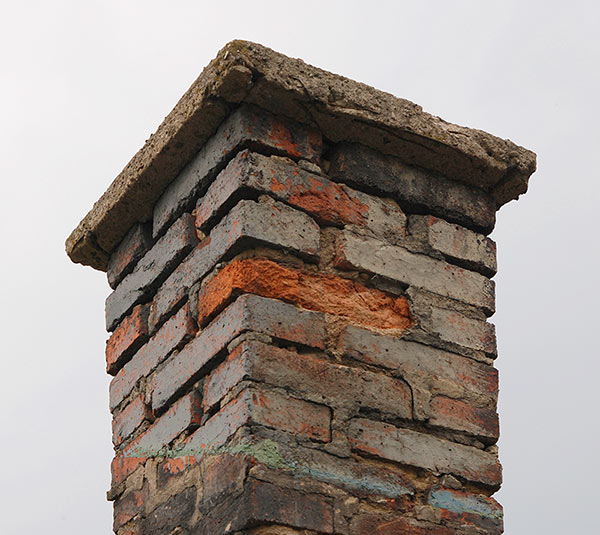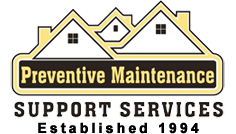Most old houses with masonry chimneys often face the different problems. When these masonry
chimneys go bad and most likely they all go bad, the repair can be very expensive. If you call up
a chimney contractor to see what can be done about it, they’ll tell you the chimney needs repair.
In this case, repair the chimney can be one option, but there is another option, which is removal.
There are many cases when chimneys are badly deteriorated. Sometimes it just makes more
sense to tear the chimney down below the roof line instead of repairing the section that sticks up
above the roof. The benefits of doing this are lower repair costs, less exterior maintenance, and
less chance for leakage at the roof. Chimneys are notorious for leaks, both through the top and at
the roof flashing.
 If you’re thinking about tearing a chimney down below the roof line, the chimney must be
If you’re thinking about tearing a chimney down below the roof line, the chimney must be
located in the middle of the house. If the chimney is located on an outside wall, the fix wouldn’t
simply involve removing the chimney below the roof line – it would require complete removal of
the chimney, which might be cost prohibitive.
To remove the chimney below the roof line, the chimney must also be abandoned, or only be
used to vent gas appliances that are connected to a metal flue liner. If the chimney is completely
abandoned, it’s a no-brainer; it’s not doing anything, just get rid of it.
If the chimney is being used to vent gas appliances such as a furnace /water heater/boiler, that
vent will still need to penetrate the roof to carry the exhaust gases to the exterior. Just make sure
that all of the gas appliances are properly connected to the vent!
It used to be common practice to connect the furnace to a metal vent that ran inside the chimney,
while the water heater would be connected only to the chimney, where it would use the annular
space around the furnace vent to carry exhaust gases to the exterior. If you see the water heater
vent connector entering the chimney separately from the furnace or boiler, this is probably what
is happening. That’s what you’re seeing in the photo below – the smaller vent connector that I
outlined in red comes from the water heater.
If you have an installation that looks that has additional gas appliances such as a furnace /water
heater/boiler, you should have it fixed, whether you plan on tearing down your chimney below
the roof line or not.
If the chimney is removed down below the roof line, be sure to seal up what’s left of the chimney
inside the attic space, to prevent the chimney from doing what it does best – bringing warm air
up! If the chimney ends below the roof line, it will act like a huge attic bypass, allowing heat to
escape into the attic. If the chimney is abandoned, seal off the top completely. If the chimney is
still used as the chaseway for a gas vent, seal off the area between the chimney and the vent with
sheet metal, and use high-temperature caulking to make it airtight.
Thus, it is worth to consider, and no more chimney maintenance!



